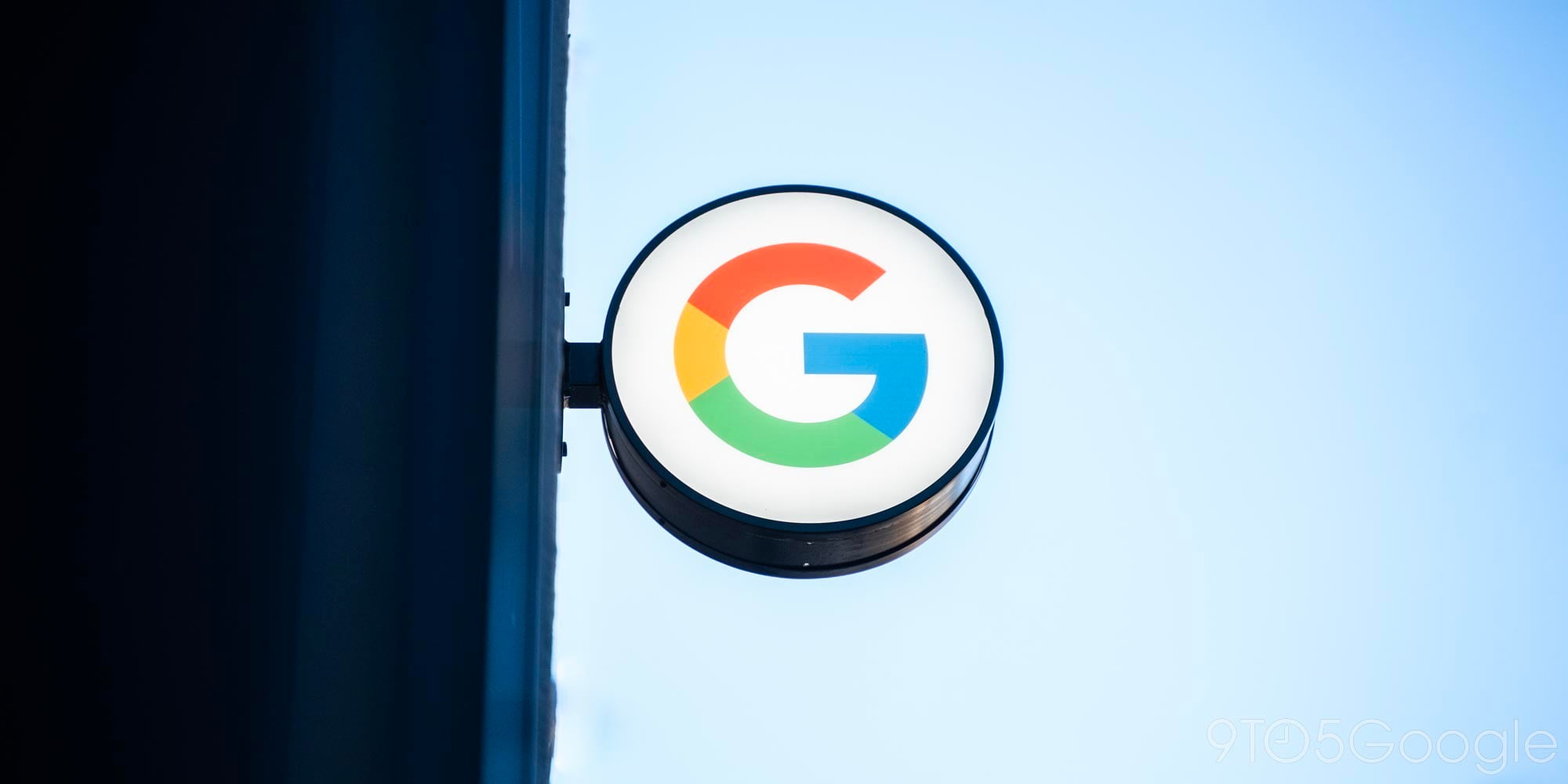Nat & Lo take a look at how Google Now’s new voice came to be [Video]


Rather unceremoniously, Google began rolling out a new, more natural voice for its Now assistant last week. The first official acknowledgement of the voice comes in Nat & Lo’s newest video, which shows how the voice was made and offers a nice primer on the history and work behind text-to-speech.
